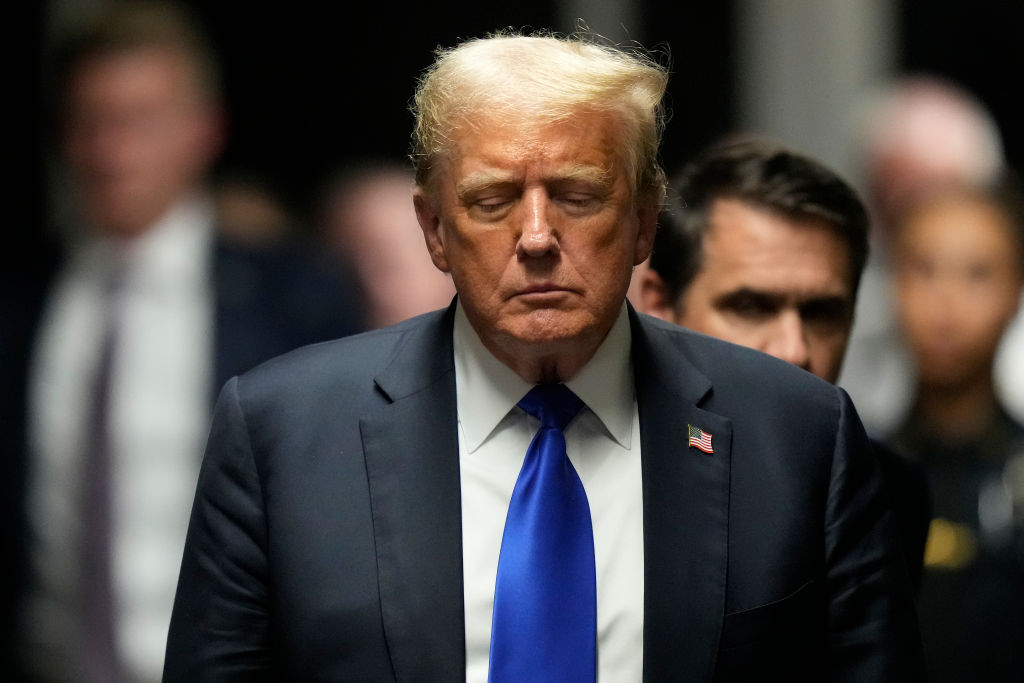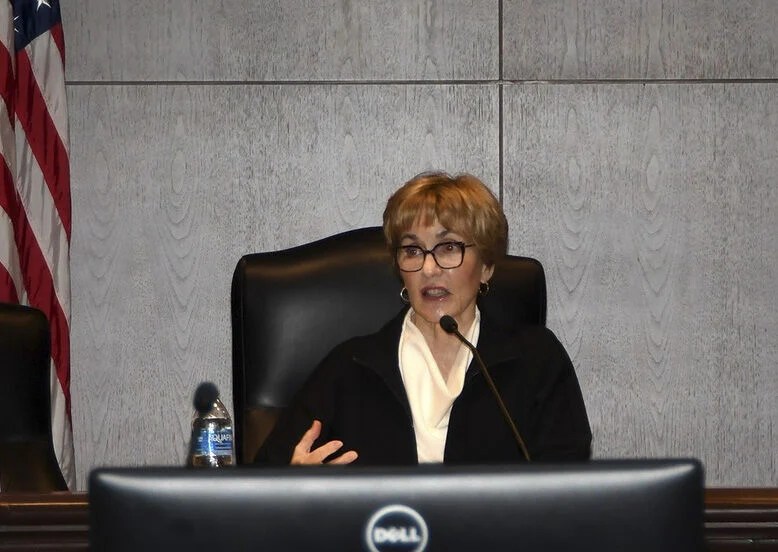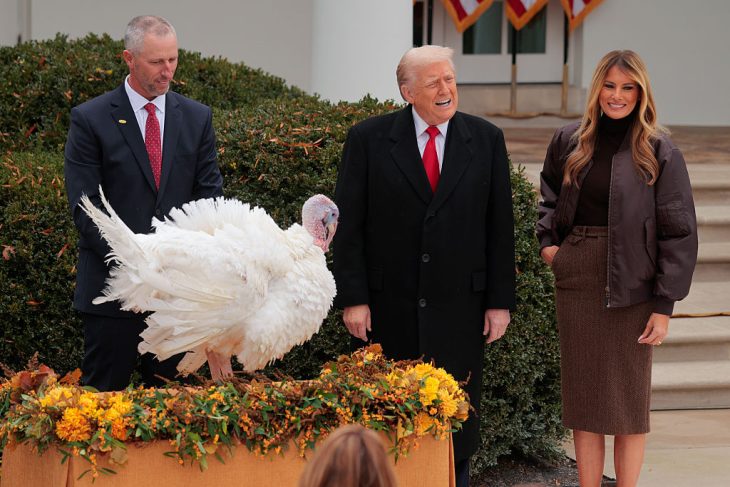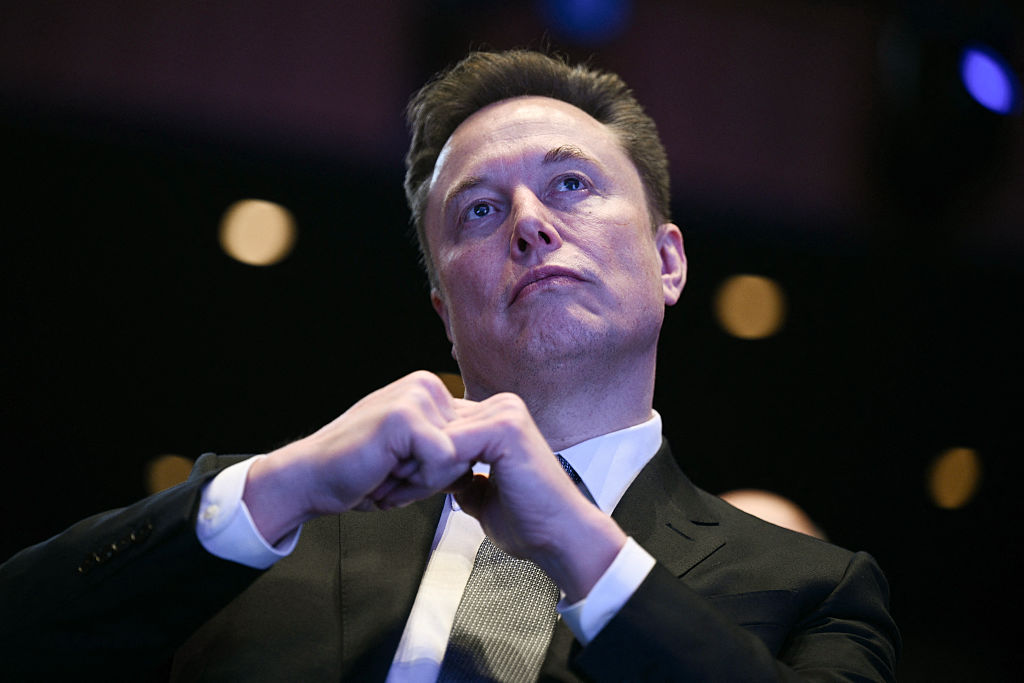We live in tumultuous times. Donald Trump’s adversaries blame much of it on him — his hyperbole and personal attacks, the unrestrained actions that cross the bounds of propriety — even, perhaps, of the Constitution. Trump’s supporters see the same things and celebrate. They appreciate the brickbats he throws at a judicial system they think is mobilized against him. They love his denunciation of Washington bureaucrats and lobbyists who, they believe, run the country for their own benefit, and not very well at that.
Both sides are right that Trump is a destabilizing figure, but there are deeper issues at play, most notably the significant social changes upending norms that have long governed American politics. The reaction to late May’s guilty verdict in New York state court illustrates those deeper changes and may well compound them. But the changes didn’t begin with Trump.
What Donald Trump has done over the past decade is to amplify and accelerate three fundamental, ongoing transformations: the party realignment of major voting groups; a deepening ideological rift, suffused with contempt for differing views; and the steady loss of confidence in public institutions.
Voter realignment is a rare tectonic alteration in how large groups of voters identify with — and vote for — one political party. The last major realignment occurred in 1936, when Franklin D. Roosevelt’s landslide reelection solidified a Democratic coalition that shaped American politics for the next seventy-five years. Even when Republicans won, they governed within the big-government regulatory framework established by FDR. Only Reagan challenged that political compact in fundamental ways — and his changes didn’t last.
Now, however, we are seeing the first full-scale realignment since the 1930s, as educated, higher-income voters, once Republicans, have become Democrats — and working-class voters, once the backbone of the Roosevelt-Johnson Democratic Party, have become Republicans.
Who is still in play? In this election, lots of groups: Trump is a polarizing figure and Biden is clearly suffering physical and cognitive decline. In a close election, even tiny changes in voter sentiment matter, which is one reason Democrats were so eager to repeatedly label Trump a “convicted felon.” It’s why Republicans are so eager to peel off black male voters, since even a small shift might alter the outcome in swing states.
While those are vital issues, they are not about longer-term realignment. That centers on Hispanics, especially Mexican Americans, who have always voted Democratic. Will they switch party allegiance as the population changes? Republicans have some reason for hope. More and more Hispanics are second and third generation, more prosperous than their parents and often entrepreneurs who don’t like burdensome regulations. Most are social conservatives unhappy with Democratic social policies. And they are steadfastly opposed to Joe Biden’s open-border policies, which Democrats and progressives wrongly believed would appeal to them. The question now is how many Hispanics will vote Republican, as many have already done in Texas.
The second change is the rise of an ideological fervor, led by the extremes in both parties. Neither group sees the other’s political views as wrong or mistaken; they see them as ignorant, evil and contemptible.
The aftermath of Trump’s conviction has cast a bright light on this division. While the New York Times and Washington Post gloated over the verdict, the Trump campaign raised tens of millions in small donations, nearly a third from new donors.
The third major change is the steady and devastating erosion of public confidence in America’s basic institutions, ranging from Congress, the courts and law enforcement to public schools and universities. Polls show that public confidence in core government institutions began declining in the early 1970s and has been draining away ever since. This spring’s tacit support for Hamas terror on college campuses disgusted most voters and showed a deep divide from the vast majority of Americans, who support Israel. When Ivy League presidents were called before a House committee to defend their passive response to antisemitism, they failed utterly. Such bungling, plus the breathtaking cost of higher education, has undermined public confidence in universities.
You could list other shaky institutions, such as the police or public health bodies, in which people have lost confidence. Democrats say, with good reason, that Trump compounded these problems with his behavior after losing the 2020 election. He didn’t adhere to traditional norms of conceding defeat gracefully to ensure the peaceful transfer of power. His silence during the January 6 attack on Congress added to the problem — and to Democrats’ grievances.
Republicans reply that Democrats have consistently attacked the legitimacy of Supreme Court decisions and even proposed “packing” the court to get the outcomes they desire. They add that Trump was not alone in refusing to concede defeat. Some leading Democrats never acknowledged he was the legitimate president after his 2016 election, they say, and assert that the “Russia hoax” was part of an effort to say he was elected thanks to foreign interference.
Both sides present a long list of grievances regarding the other’s assaults on the country’s norms. Neither acknowledges that the attacks are coming from both sides.
That is the disturbing backdrop to the current vitriolic split over whether Trump was rightly convicted. It’s not just a matter of one man or one trial. It is a split about the country’s direction — and it sends tremors through the wobbly democratic institutions we use to make those choices.
This article was originally published in The Spectator’s July 2024 World edition.


























Leave a Reply